How to survive (and maybe even enjoy) editorial notes!
Plus: Jaxxon ties, ghost stories, this week's comics and beta readers!

I’ve been in the weeds of a big edit this last week. It’s an area that you don’t see much written about, especially for those of us who write IP or licensed material, but is a massive part of the job and tricky sometimes to navigate.
On a purely personal level, it’s something I approach with caution, not because of the work itself, but what it can do to my mental state. As I’ve written before, I suffer from raging imposter syndrome, which, if I’m not careful, can leap off the scale when tackling notes. Without warning my brain goes on the offensive: ‘See? I told you were rubbish? Look how many notes there are! Look how terrible you are! They hate it - and for good reason! Why don’t you just crawl under a rock?’
Of course, the fact that I’m even getting notes means that I was hired for the job. Someone thought I was good enough and, in the case of the current project, trusted me with their million-dollar IP. But the goblin in my head doesn’t want to hear that, and will do its best to paralise me, so here are my top tips for surviving and maybe even enjoying editorial notes.
- Remember, it’s not personal!
It’s all too easy to see any kind of critical note as a personal slight, but that’s never (or, at least, shouldn’t be!) the purpose of an editor’s notes. The editor wants the project to be the best it can be. Good notes will guide you through the manuscript, poking when needed and pointing out things you’ve probably missed in the frenzy of writing the first draft. An editor on a licensed property will also bring other considerations: the needs of the IP and the experience they’ve gathered over years of working with the licence holder, including plot points they know are going to get shot down immediately or the personal peccadillos of whoever has the final say. In short, they know things you don’t, and while the decisions of the licence holder may seem bananas to you, the editor knows what battles are ultimately worth having. Don't get defensive. There are often bigger issues at play. - Read the notes… and then put them away!
This isn’t always possible when dealing with IPs where deadlines and turnarounds can be incredibly tight, but whenever possible I try to read the notes and then put them away for a couple of days to marinate. The reasons are manifold. First of all, it means you’re not working on them hot. The first time you read notes can be a rollercoaster of emotions, from wry chuckles to steam-coming-out-of-your-ears outrage. What the hell? That note makes no sense! Don’t they understand my expertly constructed plot? DON’T THEY REALISE WHO I AM!? etc etc.
The worst possible thing you can do is dive in while angry. I’ve done it before and it shows, my replies to the notes caustic and my solutions half-cocked. And whatever you do, don’t fire off a heat-of-the-moment email to the editor. Again, I’ve been guilty of that in the past and it’s never a good look. Write the email if you absolutely have to but then keep it in your draft folder. DO NOT SEND! Instead, close every file connected to the project and walk away. Get some fresh air. Have a cup of tea. Tickle a guinea pig. Given space, your knee-jerk reactions will smooth and more nuanced solutions to the issues raised in the notes will come to you. - Keep breathing!
Whenever you return to tackle your notes, be warned that your fresh zen-like state won’t last. Yes, your time away from the document may have given you a new perspective, but when working through note after note your newfound calm may, and likely will, evaporate. Flashpoints of frustration will still happen, so again, give yourself a moment and step away if you can. Not to say that you can’t use those flashpoints to your advantage. I can’t tell you the times I’ve started furiously typing out an apocalyptic reply only to find myself coming up with a solution that is so much better than my original work.
It usually goes like this:
Editor: This isn’t working for me. I think we should try A, B or C.
Me: Whaaaaaat? That will never work and here’s why…
WRITES BLISTERING REBUTTAL OF NOTE.
Also me: In fact, the only way we could make that work was if we:
WRITES A SOLUTION THAT SEEMS LUDICROUS… and then, realises that actually that it really works.
Puts solution into the edit, checks it doesn't break anything and then deletes the angry response so the editor will never know how angry I was for absolutely no reason. In fact, they'll probably think I'm some kind of literary genius, bwa-ha-ha-ha!
Rewards myself for doing what is, in all honesty, my job with a cup of tea and maybe even a biscuit. - Look for the note behind the note!
Sometimes an editor will offer a suggestion. ‘Why doesn’t character X do this or that?’ It’s easy to dismiss them, especially if they’re something you don’t agree with or would never write, but the real trick is to ask: ‘Why has the editor given that note?’ Most of the time, it’s because a twist or turn in the story has tripped them up or given them pause. The solution they’ve offered isn’t necessarily the way you should go, but it is a flag that something isn’t right or that you haven’t explained what’s happening successfully enough. Reverse engineer the reason behind the suggestion and see if you can fix that instead. - Give yourself more time than you think you'll need!
There is one type of note you should fear above all else, or, at least be incredibly wary of. Sometimes when an editor types: 'This is only a tiny thing', they're correct. It's a quick fix, but many times it is a shed-load of work in hiding. You see the 'tiny thing', make the amend and then realise that it's a bigger job. A much bigger job. That small, seemingly insignificant change can be a thread that, once pulled, unravels everything. Often people looking at the micro level when giving notes, don't comprehend the macro level disruption the smaller change has caused. If you see something that says: 'not much to do here', don't take it at its word. Plan for the worse and if it really is a tiny thing that's dealt with quickly, you've bought yourself back some time. Everyone's a winner! - Know what hills to die on!
There’s nothing that says you have to act on, or even agree, with every note. It’s okay to push back, explaining calmly why you don’t think the suggested edit is the right thing to do. The trick is to not put the editor’s back up if you can at all avoid it. Write your reply to their note, read it back and then, wherever you can, ‘de-fang’ it, making it less combative whenever possible. And choose your battles! Not every note need shots fired! There will be some things you don’t agree with, but actually in the great scheme of things don’t actually matter, especially when doing licensed work. Suck it up and make the edit, knowing that it will improve your chances of being heard on issues that are more important to you. - Know when to shut up!
Pushing back is fine and any editor worth their salt will encourage it, but you also need to know when to just do what you’ve been told. There are some battles you’re never going to fight, especially when working on a licensed property. At those times, when you receive a definite ‘no’, there’s no point digging your heels in unless, on the rarest of occasions, it’s something you’re diametrically opposed to on ethical grounds. You’ve made your case and they’ve rejected it soundly, so get it done and move on.
Have I achieved all of those this week? Hmm. Maybe not, but writing them out has been a good reminder to put them into action! Basically, the underlying message (and a note I have posted on the wall next to my desk during editing periods) is 'GET OVER YOURSELF!'
What about the other writers out there? Do you have any top tips for handling notes? What about the editors reading this? Any suggestions from the other side of the fence? Share them in the comments!
THIS WEEK’S GOOD THINGS
- I received a surprise package from costumer Holly Frey that contained an awesome Jaxxon tie! How cool is this? (Cool, if you like smart-talking green space rabbits that is, which I do!)
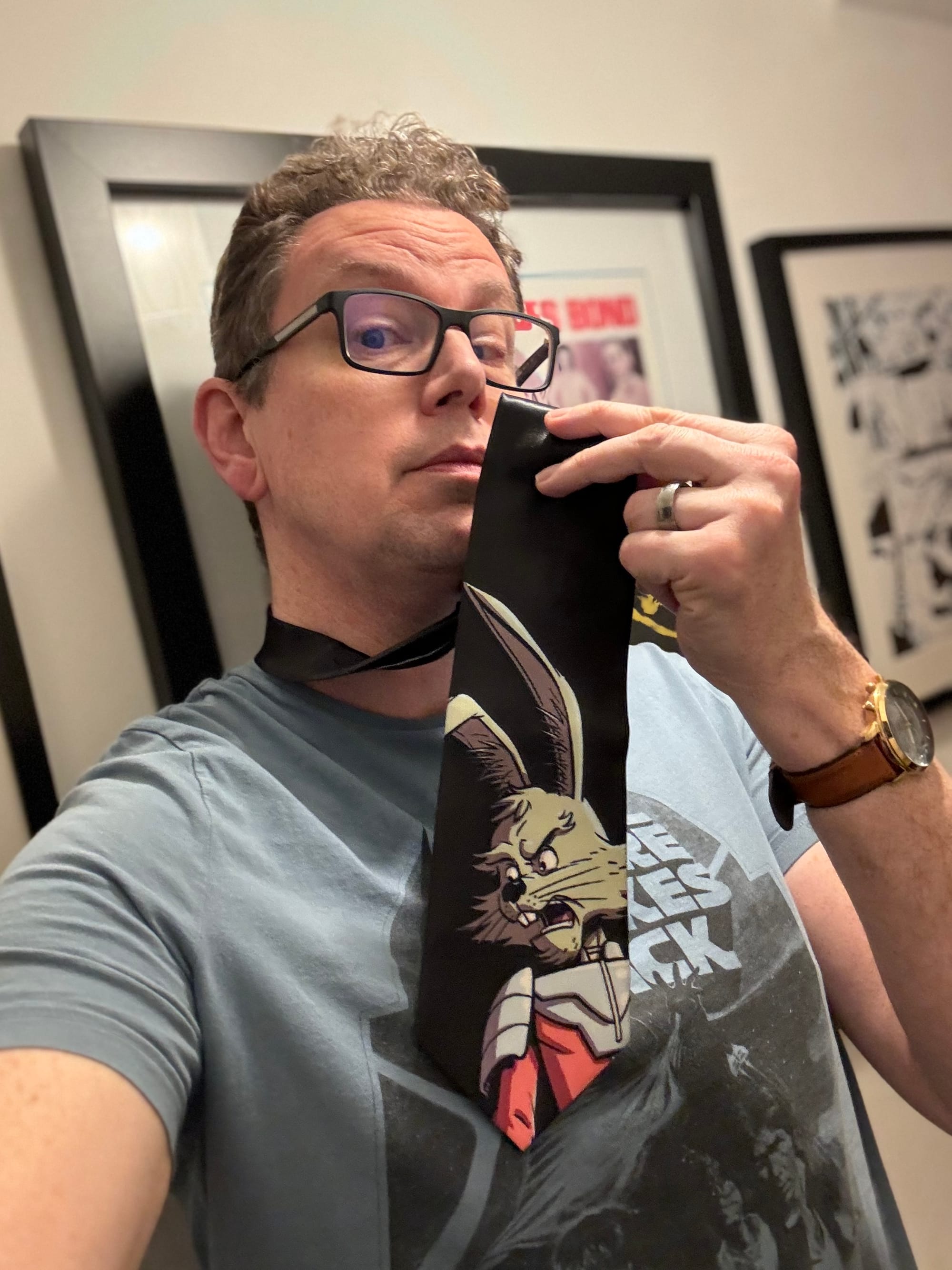
- I binged the entirety of Ghost Story, a podcast that combines paranormal investigation and true crime. Totally recommended if you’re a fan of the BBC’s Uncanny.

- Staying with the supernatural, George Mann and I had a great time seeing Catherine Tate and David Threlfall in The Enfield Haunting at the Ambassadors Theatre in London. It's a fantastically staged drama inspired by the poltergeist case made famous by The Conjuring 2 with some genuinely spooky moments. Ella Schrey-Yeats is particularly creepy as Janet, the teenager at the heart of the haunting. Now, I really must get around to watching the Apple TV documentary.
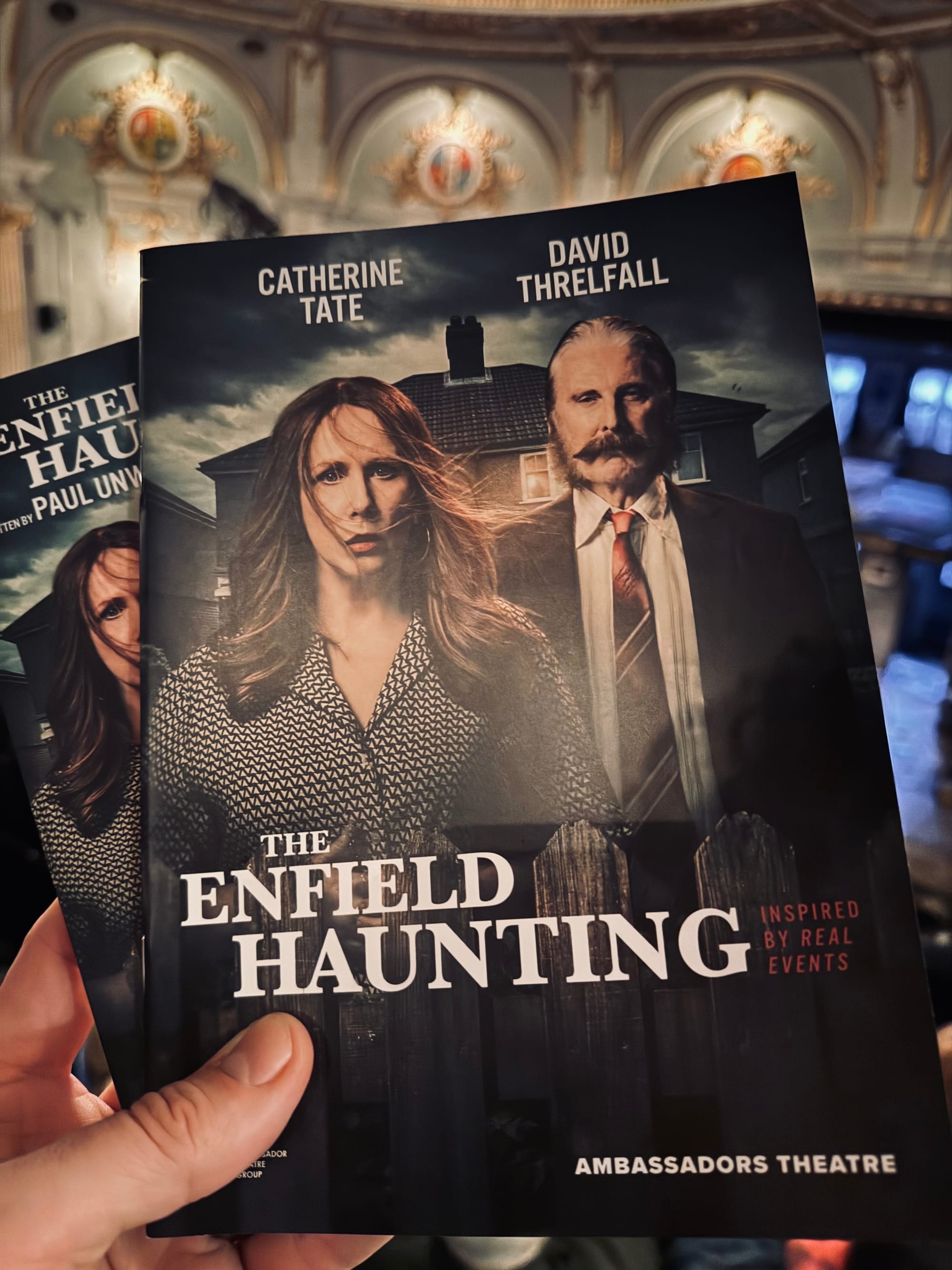
OUT THIS WEEK
Issue three of Star Wars: The High Republic hits stores on Wednesday, featuring a grudge match between Jedi Master Keeve Trennis and former Tempest Runner Lourna Dee. Lightsaber against Cortosis blade, who will win?
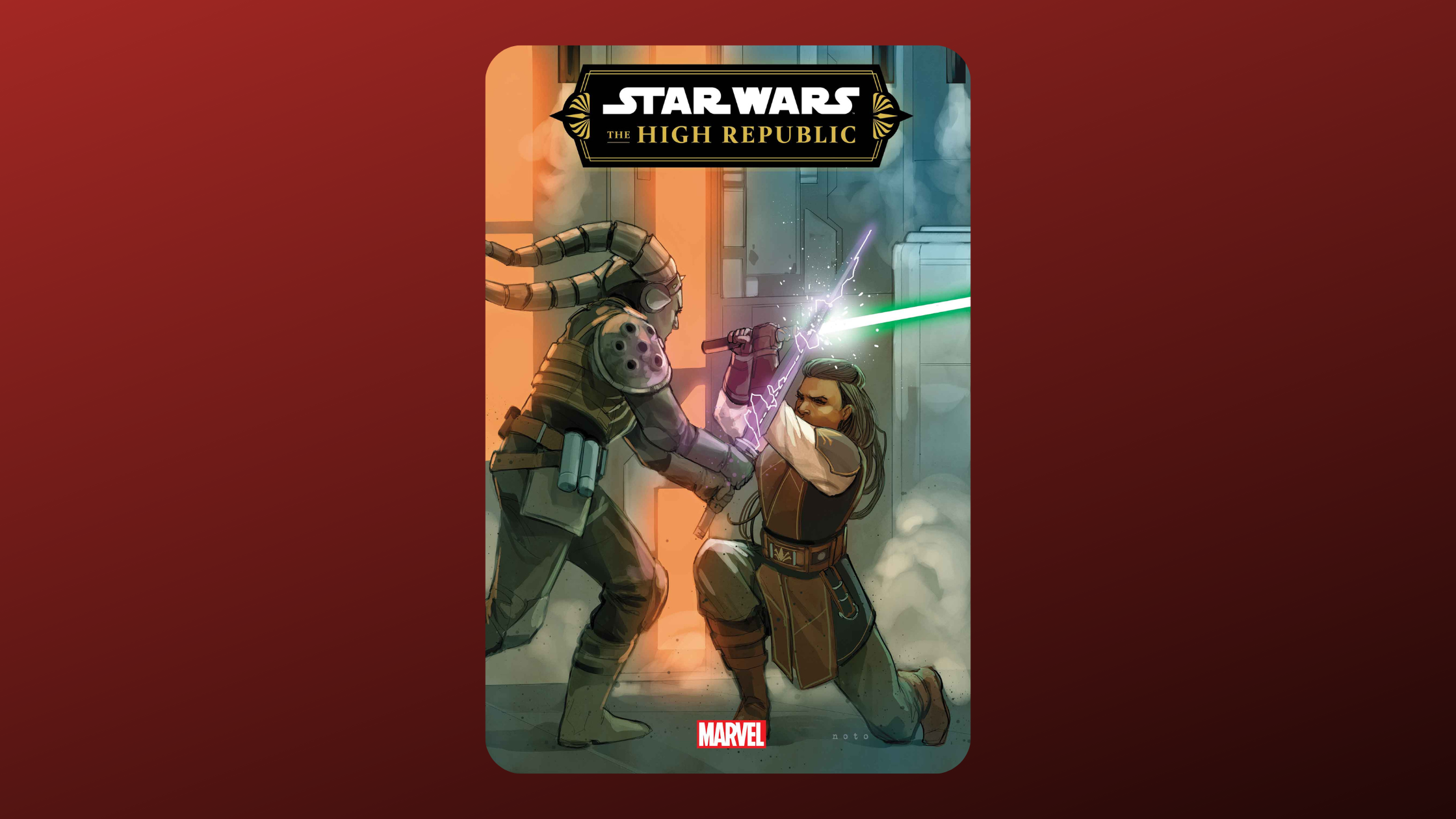
If you want a preview, head over to AIPT for a glimpse of the art by Jim Rowe and Jim Campbell, with letters by Ariana Maher.
Meanwhile, Enemy Earth Book Three continues in 2000AD Prog 2365 with art by Luke Horsman and letters by Simon Bowland!
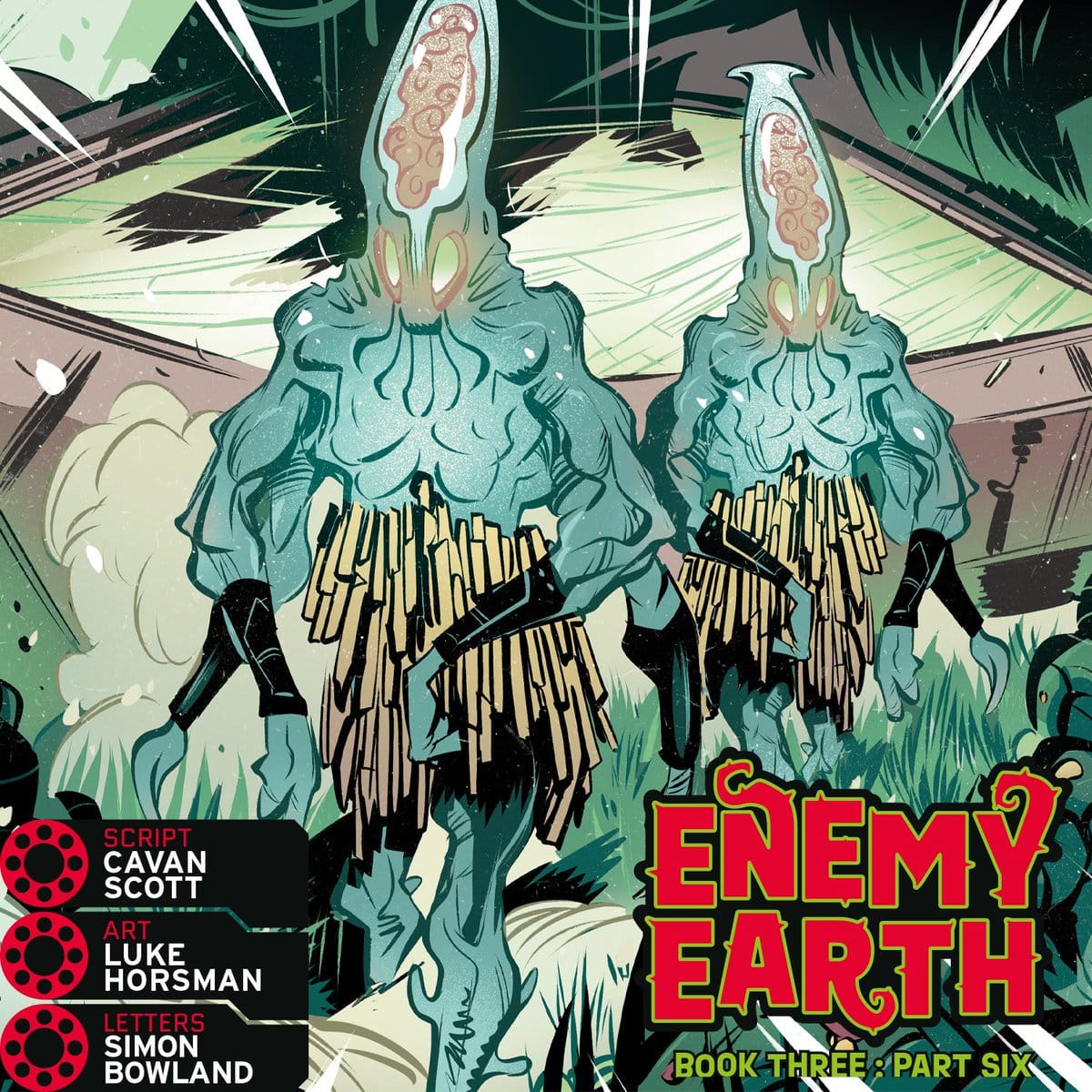
QUESTIONS AND ANSWERS
I like to end every newsletter with a question from one of my subscribers or followers. Here's this week's...
Over on Instagram, Away from Reality Collectables asked:
“I’ve just finished my Zero Draft and feeling happy with the story! Who do you get to check and read over? Friends & family only?”
First up, congratulations on completing your zero draft! That’s a real achievement.
I usually don’t let anyone see a draft until I’ve gone through it at least once myself, tweaking and massaging the text into shape. Then, I have the computer read it back to me, just so I can hear it spoken out loud, even if the text-to-speech voice often sounds like a Dalek with a sore throat.
As for readers, it depends on the project and how quickly I need to deliver. The one person who reads EVERYTHING is my assistant, Sarah, who gives every project a final check-through before I submit. She comes back to me with questions, as well as flagging out typos and errors. (You won’t believe how many times characters’ names subtly change in my scripts, Eva suddenly becoming Eve or some such.)
Sarah also provides an incredibly valuable service: checking my manuscripts for Britishisms that won’t be understood by editors or readers stateside. Considering that we share a language, it’s incredible how many phrases or words there are that just don’t translate.
My favourite instant recently was ‘frown’ which means completely different things depending on your side of the Atlantic. If you’re in the UK frown means this:
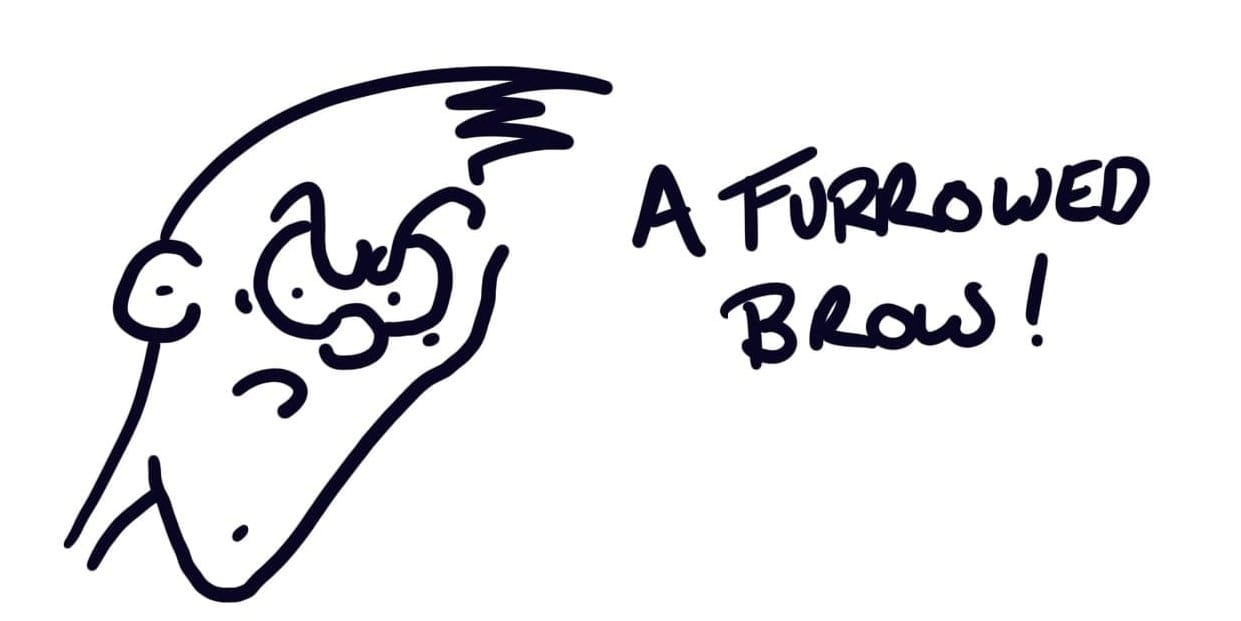
Whereas in the States it apparently means:
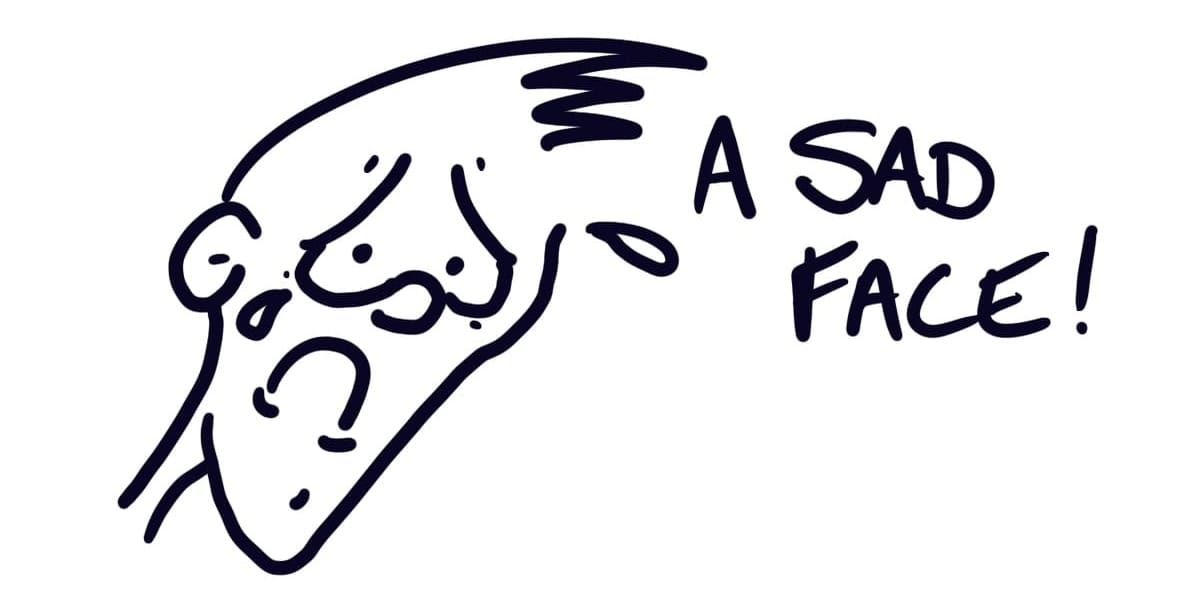
Who would have known? Certainly not me until it was pointed out while writing issue three, of Star Wars: The High Republic no less!
THAT’S ALL FOLKS!
Another newsletter done! Please feel free to forward to a friend if you think they’ll like it or share on social media, and don’t forget to leave questions for future editions in the comments too!
Until next time, stay safe my friends.


